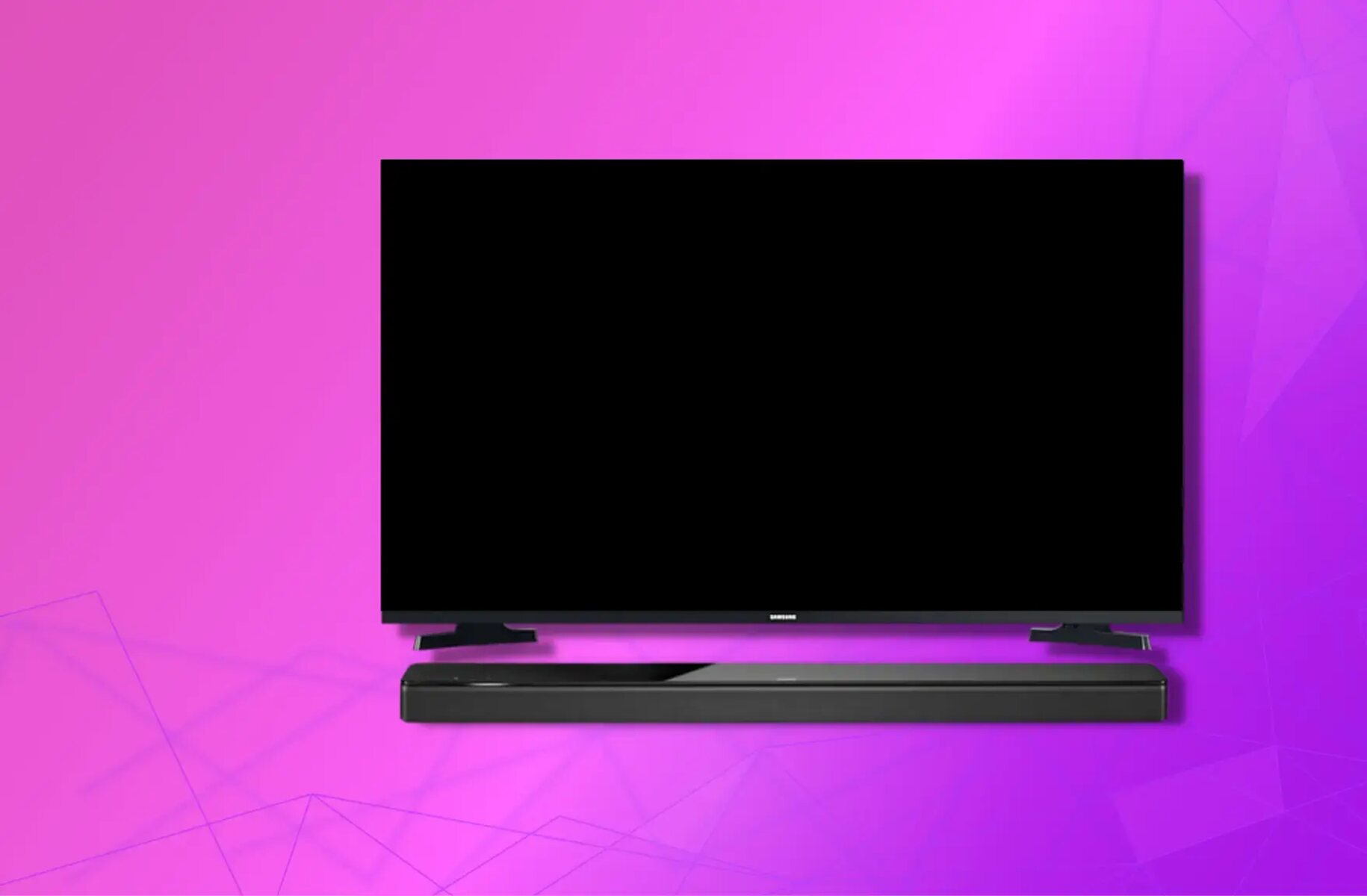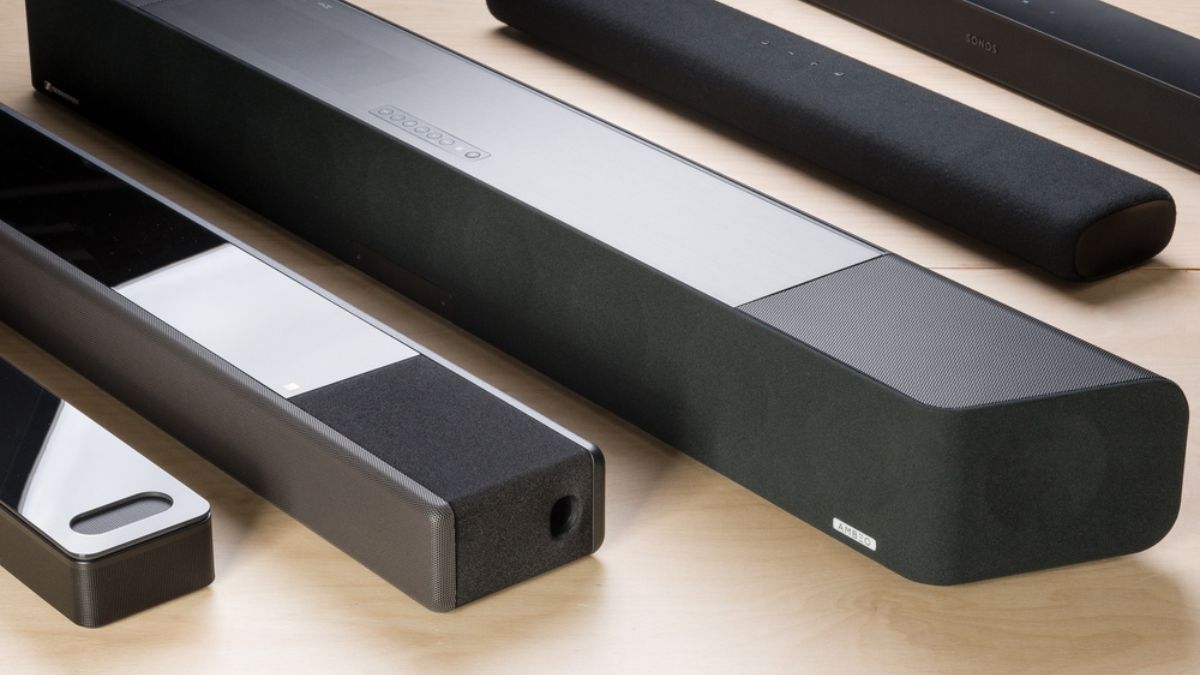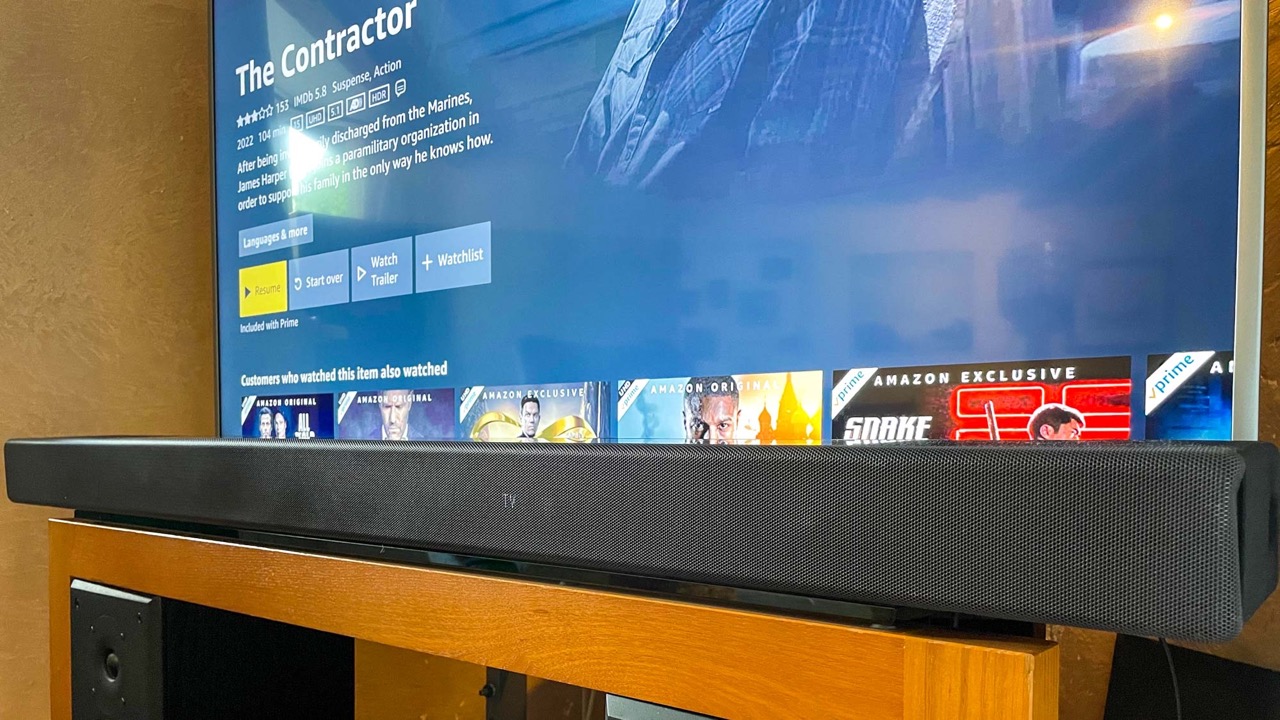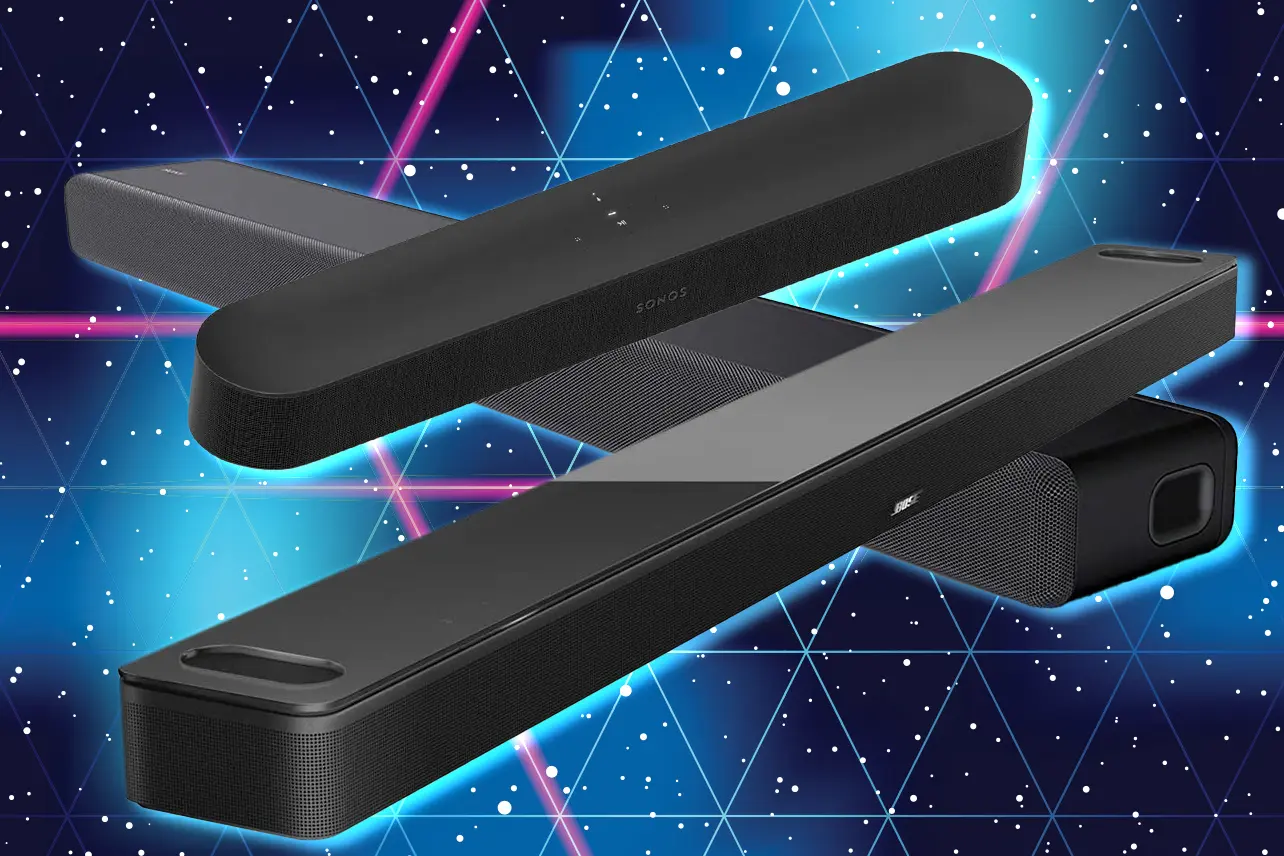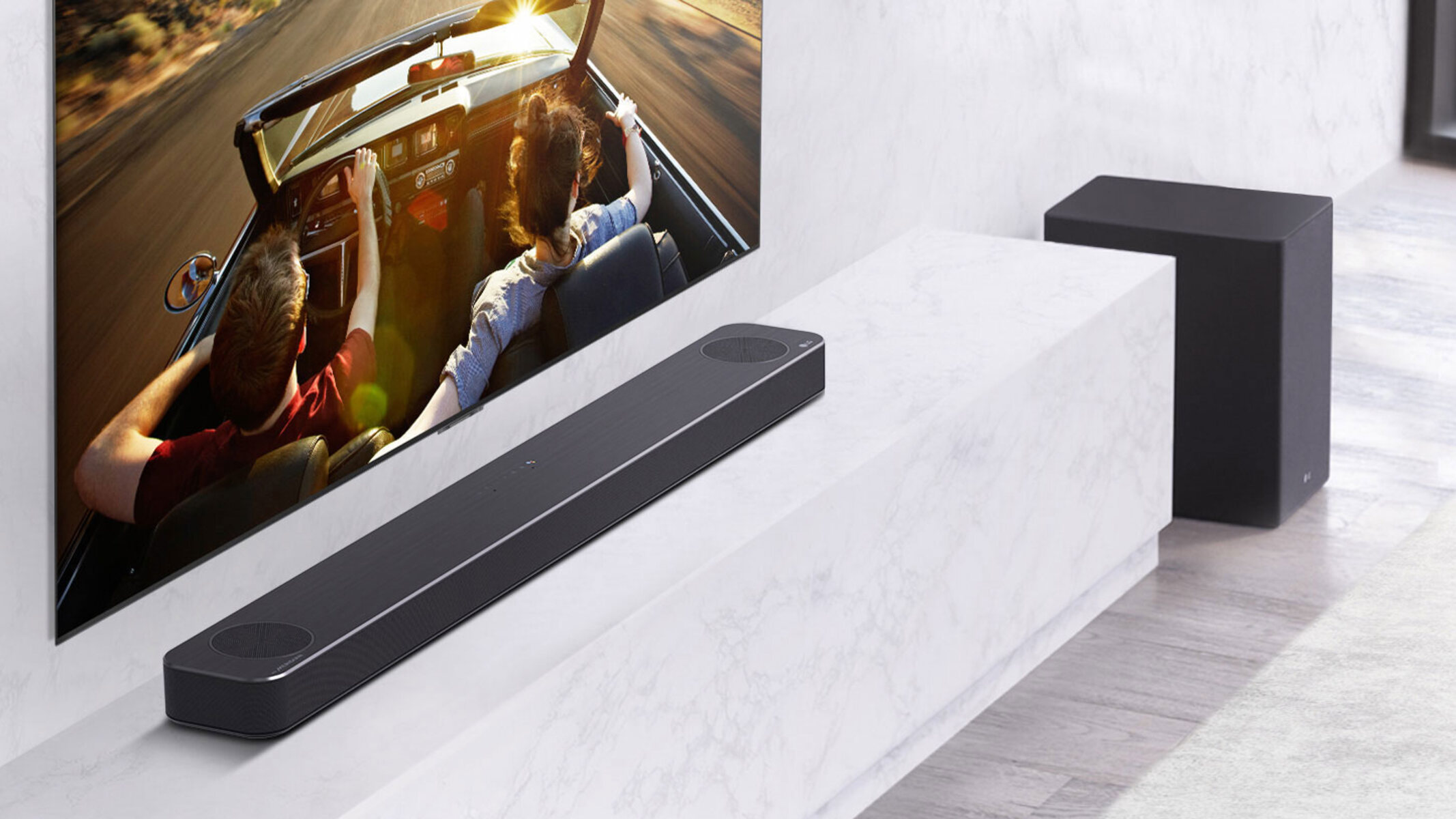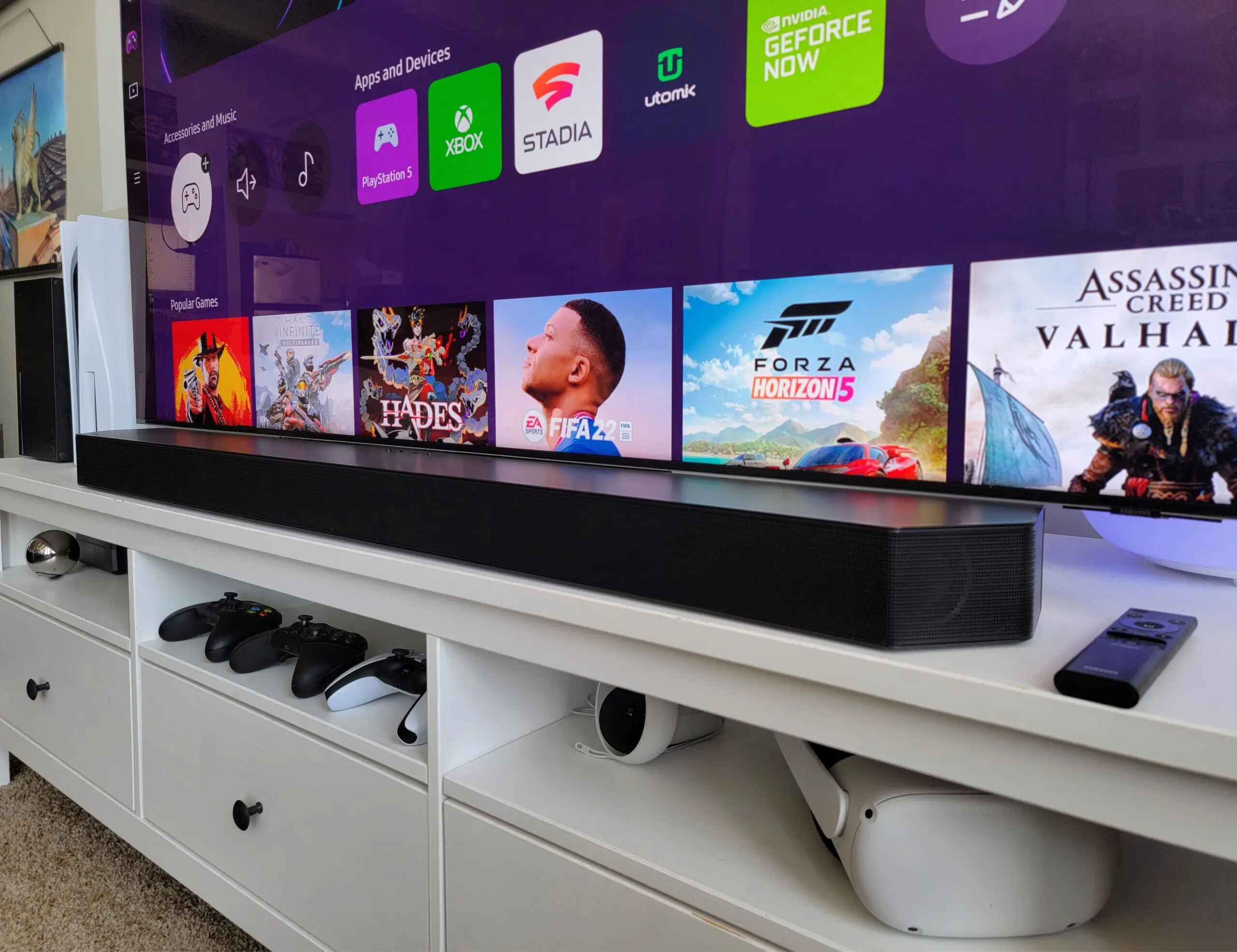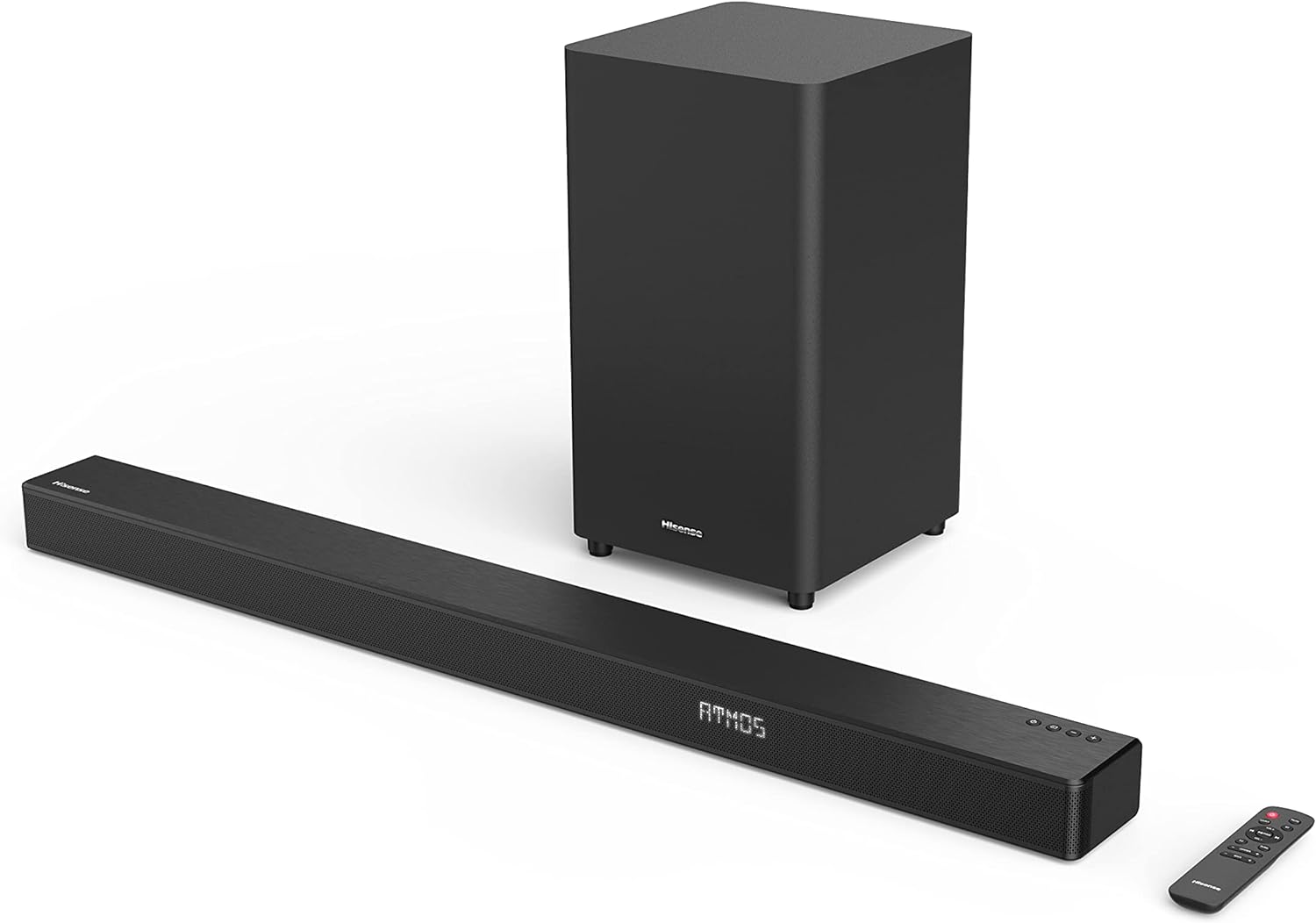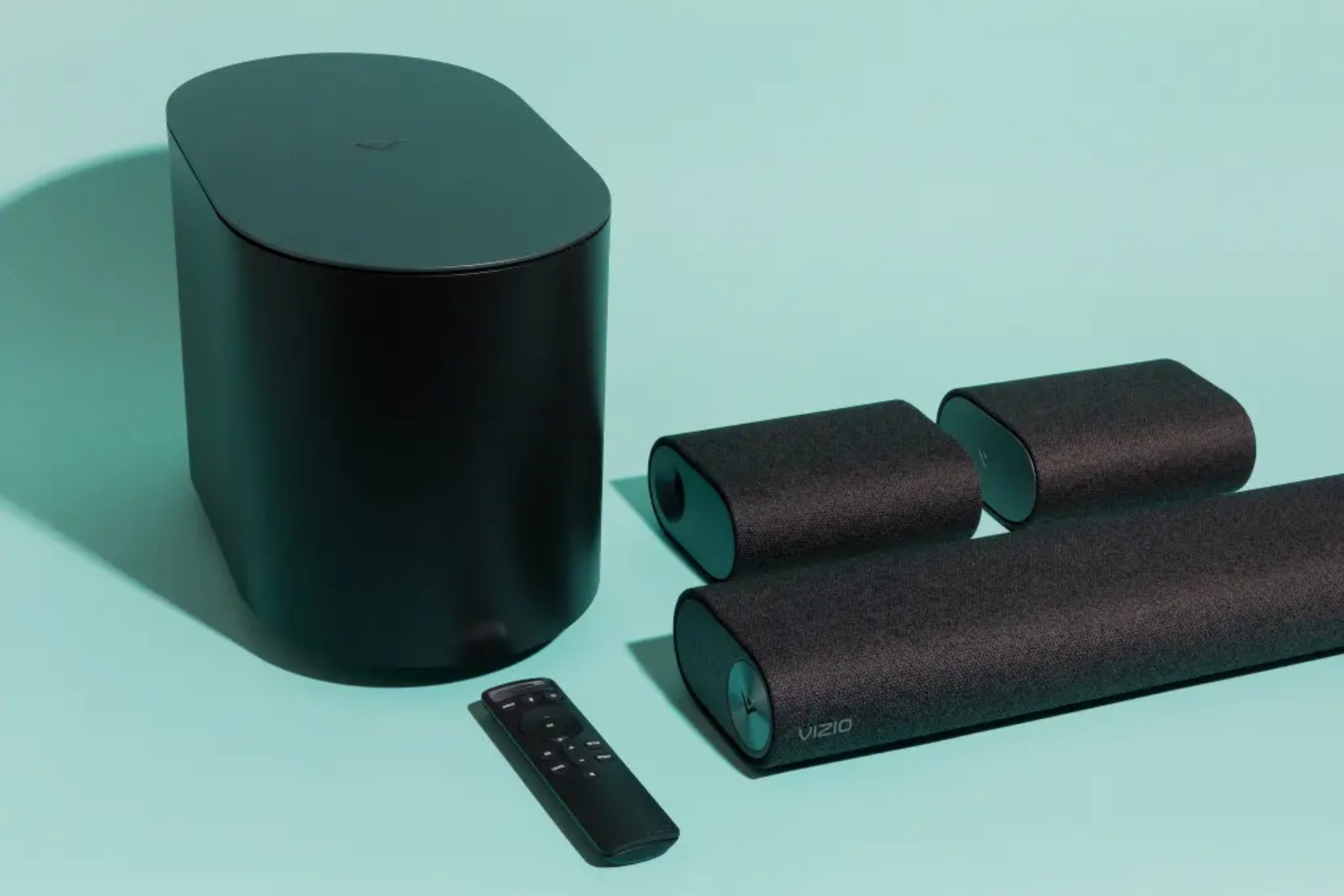Introduction
Welcome to this guide on how to connect your Bose soundbar to your Samsung TV. If you’re a movie or music lover, you know that having a quality sound system can greatly enhance your entertainment experience. By connecting your Bose soundbar to your Samsung TV, you can enjoy immersive audio that complements the stunning visuals on your screen.
Before we dive into the step-by-step process, it’s essential to ensure compatibility between your Bose soundbar and Samsung TV. Different models may have different connectivity options, so double-checking this before proceeding will save you time and frustration.
In this article, we will walk you through the process of connecting your Bose soundbar to your Samsung TV using the HDMI ARC (Audio Return Channel) feature. This method allows for both audio playback from the TV to the soundbar and control of the soundbar using the TV’s remote.
So, if you’re ready to elevate your home entertainment setup, let’s get started with connecting your Bose soundbar to your Samsung TV!
Step 1: Check Compatibility
Before you begin connecting your Bose soundbar to your Samsung TV, it’s important to ensure compatibility between the two devices. Not all soundbars are compatible with all TV models, so taking a few moments to check compatibility will save you time and potential disappointment.
First, identify the model numbers of both your Bose soundbar and Samsung TV. You can usually find this information on the back of the devices or in their user manuals. Once you have the model numbers, visit the official websites of both Bose and Samsung to check for any compatibility guidelines or recommendations.
Look for any specific instructions or compatibility notes provided by the manufacturers. Pay attention to the supported audio formats, connection types, and any additional requirements that may be necessary for a successful connection. If the manufacturers haven’t mentioned compatibility, you can also reach out to their customer support for further clarification.
Another helpful resource is user forums and online communities. Many users have already shared their experiences connecting different soundbars to Samsung TVs and can provide valuable insights and troubleshooting tips.
Remember that compatibility may also depend on the age of your devices. Older TV models might not have some of the newer audio connection options. In such cases, you may need to explore alternative connection methods, such as using an optical cable.
By taking the time to check compatibility between your Bose soundbar and Samsung TV, you can ensure a smooth and successful connection. Once you have confirmed compatibility, you can proceed to the next step of the connection process.
Step 2: Gather Necessary Cables
Now that you have confirmed the compatibility of your Bose soundbar and Samsung TV, it’s time to gather the necessary cables for the connection. Having the right cables on hand will ensure a seamless setup process.
Most commonly, you will need an HDMI cable to connect your soundbar to your TV. Make sure you have an HDMI cable that supports ARC (Audio Return Channel) functionality. This feature allows audio to be transmitted from the TV to the soundbar through the same HDMI connection, eliminating the need for separate audio cables.
Check the lengths of your HDMI cables to ensure they are long enough to reach from your soundbar to your TV without any tension or strain. If you don’t have an HDMI cable that supports ARC, you may need to purchase one before proceeding with the connection process.
Additionally, some soundbars and TVs may have other connectivity options, such as optical or coaxial inputs. If your devices offer these alternatives, check if you have the corresponding cables available. However, using HDMI ARC will generally provide the most convenient and straightforward setup.
It’s also a good idea to have the user manuals for both your soundbar and TV readily available. These manuals can provide specific instructions and diagrams for connecting the devices, helping you navigate any unique features or settings.
Once you have gathered the necessary cables and have the user manuals on hand, you’re ready to move on to the next step: connecting the soundbar to power.
Step 3: Connect the Soundbar to Power
Now that you have gathered the necessary cables, it’s time to connect your Bose soundbar to a power source. This step is crucial to ensure that your soundbar is powered on and ready for the connection process.
Locate the power cord for your soundbar and plug it into an electrical outlet. Make sure the power outlet is easily accessible and can provide a stable power supply to your soundbar.
Once the power cord is plugged in, check the power indicator on your soundbar to confirm that it is receiving power. Most soundbars have a light or display that indicates whether the unit is turned on.
Now that your soundbar is powered on, it’s time to move on to the next step: connecting HDMI ARC.
Remember, for a successful connection, ensure that your soundbar is properly powered and ready to go. Having a stable power source will ensure that your soundbar functions optimally and seamlessly connects to your Samsung TV.
Step 4: Connect HDMI ARC
With your soundbar powered on, it’s time to connect the HDMI ARC (Audio Return Channel) feature between your Bose soundbar and Samsung TV. This connection method allows for both audio playback and control of the soundbar using the TV’s remote.
Locate the HDMI ARC port on both your soundbar and Samsung TV. The HDMI ARC port is usually labeled “ARC” or “HDMI-ARC.” It is important to note that not all HDMI ports support ARC, so make sure you are using the designated HDMI ARC port on your TV and soundbar.
Take your HDMI cable that supports ARC and connect one end to the HDMI ARC port on your soundbar. Then, connect the other end to the HDMI ARC port on your Samsung TV.
Once the HDMI ARC connection is established, your soundbar and TV will recognize each other. This recognition allows for simplified control and audio playback.
In some cases, you may need to adjust the audio settings on your Samsung TV to enable the HDMI ARC functionality. To do this, navigate to the TV’s settings menu and look for the audio or sound options. Select the HDMI ARC option and ensure it is turned on.
Now that the HDMI ARC connection is made, your soundbar and TV are linked, and you can enjoy audio playback from your TV through the soundbar.
As a final step, make sure to power on your TV and soundbar and switch the audio output on your TV to the soundbar. This way, all audio from the TV will be routed through the soundbar for an immersive listening experience.
With the HDMI ARC connection established, you’re one step closer to enjoying enhanced audio quality with your Bose soundbar and Samsung TV. The next step will focus on adjusting the soundbar settings to optimize your listening experience.
Step 5: Adjust Soundbar Settings
After connecting your Bose soundbar to your Samsung TV using HDMI ARC, it’s time to adjust the soundbar settings to ensure optimal audio performance. Fine-tuning the settings will help you customize the sound to your preferences and make the most out of the soundbar’s features.
First, consult the user manual of your soundbar to familiarize yourself with its settings and controls. Different models may have varying options and configurations. Locate the remote control that came with your soundbar, as you will need it to access the settings.
One crucial setting to consider is the sound mode or preset. Most soundbars offer different sound modes or presets tailored for specific content types, such as movies, music, or dialogue enhancement. Experiment with these settings to find the one that suits your watching habits and audio preferences.
Additionally, you may have control over the bass and treble levels to adjust the sound profile to your liking. Increasing the bass can add depth to explosions and low-frequency sounds, while adjusting treble can enhance the clarity of dialogue and higher-pitched sounds.
If your soundbar has advanced features like virtual surround sound or wireless subwoofer connectivity, ensure that these settings are properly configured. Surround sound can create a more immersive audio experience, while a wireless subwoofer can deliver powerful bass.
Furthermore, check if your soundbar supports any additional audio enhancement technologies, such as Dolby Atmos or DTS:X. Enabling these features can provide a more three-dimensional and cinematic soundstage, especially if you are watching movies with compatible audio formats.
Lastly, don’t forget to adjust the volume levels on both your soundbar and TV to achieve a balanced audio output. It’s recommended to set the TV’s volume to a moderate level and control the overall volume using the soundbar’s remote control.
Remember to experiment with different settings to find the optimal configuration that suits your audio preferences and the content you’re watching or listening to. These adjustments can significantly enhance your overall audio experience with your Bose soundbar and Samsung TV.
Now that you have adjusted the soundbar settings, it’s time to test the connection and ensure everything is working correctly.
Step 6: Test the Connection
Now that you have connected your Bose soundbar to your Samsung TV and adjusted the soundbar settings, it’s important to test the connection to ensure everything is working properly. Testing the connection will allow you to confirm that audio is being routed from the TV to the soundbar and that the sound quality meets your expectations.
Begin by turning on your TV and soundbar. Ensure that the volume on both devices is set to an audible level, but not too loud initially.
Play some audio or video content on your Samsung TV, such as a movie, TV show, or music. Make sure the audio is coming from the TV speakers, and then switch the audio output to the soundbar. This can usually be done through the TV’s settings menu or with the input/source buttons on the soundbar remote.
Once the audio output is switched to the soundbar, listen carefully for any sound coming from the soundbar. You should hear the audio playback through the soundbar speakers and notice an improvement in sound quality compared to the TV’s built-in speakers.
Take note of the audio characteristics, such as clarity, bass response, and overall volume levels. Adjust the volume on the soundbar and TV to ensure a comfortable and balanced listening experience.
While testing the connection, you can also explore different types of content, such as movies with dynamic soundtracks or music with intricate instrumental details. This will help you assess the soundbar’s performance in different scenarios and determine if any further adjustments need to be made.
If you encounter any issues, such as no sound coming from the soundbar or distorted audio, double-check all the connections and settings. Ensure that the HDMI ARC connection is secure and that the TV’s audio output is properly configured.
If problems persist, consult the user manuals of both the soundbar and TV for troubleshooting tips or contact customer support for further assistance.
By thoroughly testing the connection between your Bose soundbar and Samsung TV, you can confirm that the audio is being successfully transmitted and enjoy the enhanced sound quality provided by your soundbar.
Congratulations! You have successfully connected your Bose soundbar to your Samsung TV, adjusted the soundbar settings, and tested the connection. Now you can sit back, relax, and immerse yourself in a high-quality audio experience for all your favorite movies, TV shows, and music.
Conclusion
Connecting your Bose soundbar to your Samsung TV can significantly enhance your home entertainment experience. With the right cables and proper settings, you can enjoy immersive audio that complements the stunning visuals on your TV screen.
In this guide, we covered the step-by-step process of connecting your Bose soundbar to your Samsung TV using HDMI ARC. We emphasized the importance of checking compatibility between your devices and gathering the necessary cables before starting the connection process.
We walked you through connecting your soundbar to a power source, establishing the HDMI ARC connection, adjusting the soundbar settings, and testing the connection to ensure everything is working as expected. By following these steps, you can optimize the audio performance and enjoy a truly immersive audio experience.
Throughout the process, it’s crucial to consult the user manuals of your devices and reach out to customer support if needed. Remember to experiment with different sound modes, adjust the bass and treble levels to your liking, and utilize any advanced audio features that your soundbar may offer.
If you encounter any issues along the way, troubleshooting steps outlined in the user manuals or reaching out to customer support can help resolve them effectively.
Connecting your Bose soundbar to your Samsung TV is a worthwhile endeavor that can transform your entertainment setup. The enhanced audio quality and immersive experience will undoubtedly elevate your movie nights, TV shows, and music listening sessions.
So, go ahead and follow the steps outlined in this guide to connect your Bose soundbar to your Samsung TV. Get ready to immerse yourself in a world of captivating sound and enjoy a whole new level of home entertainment.







